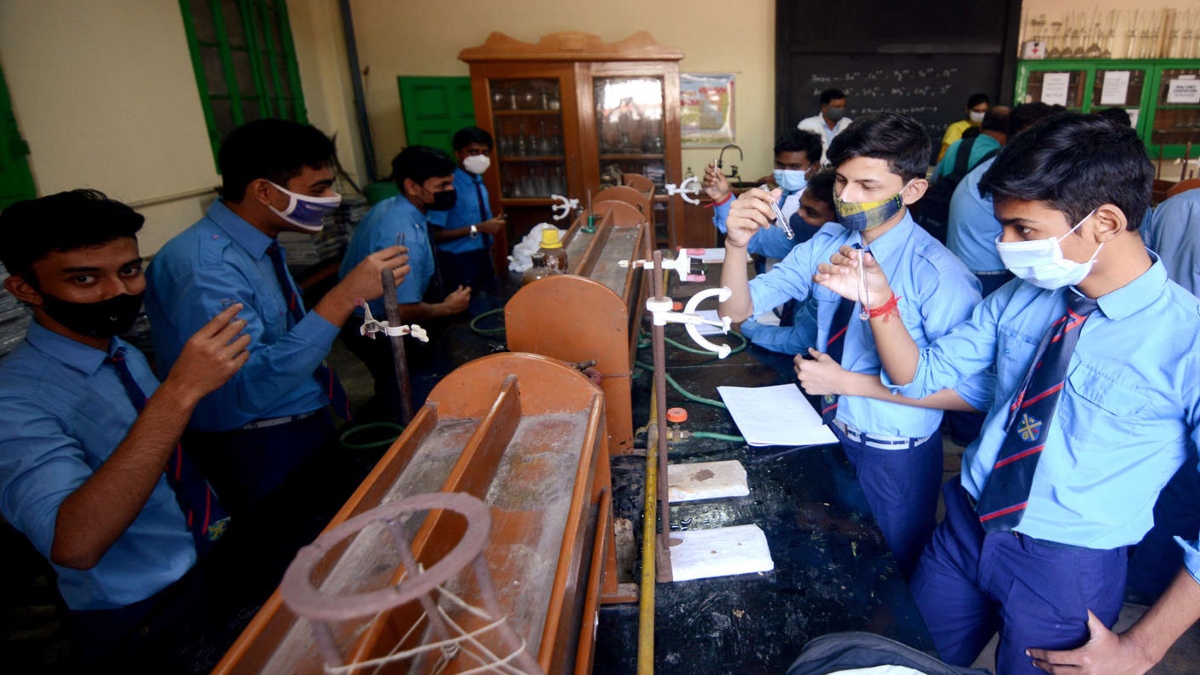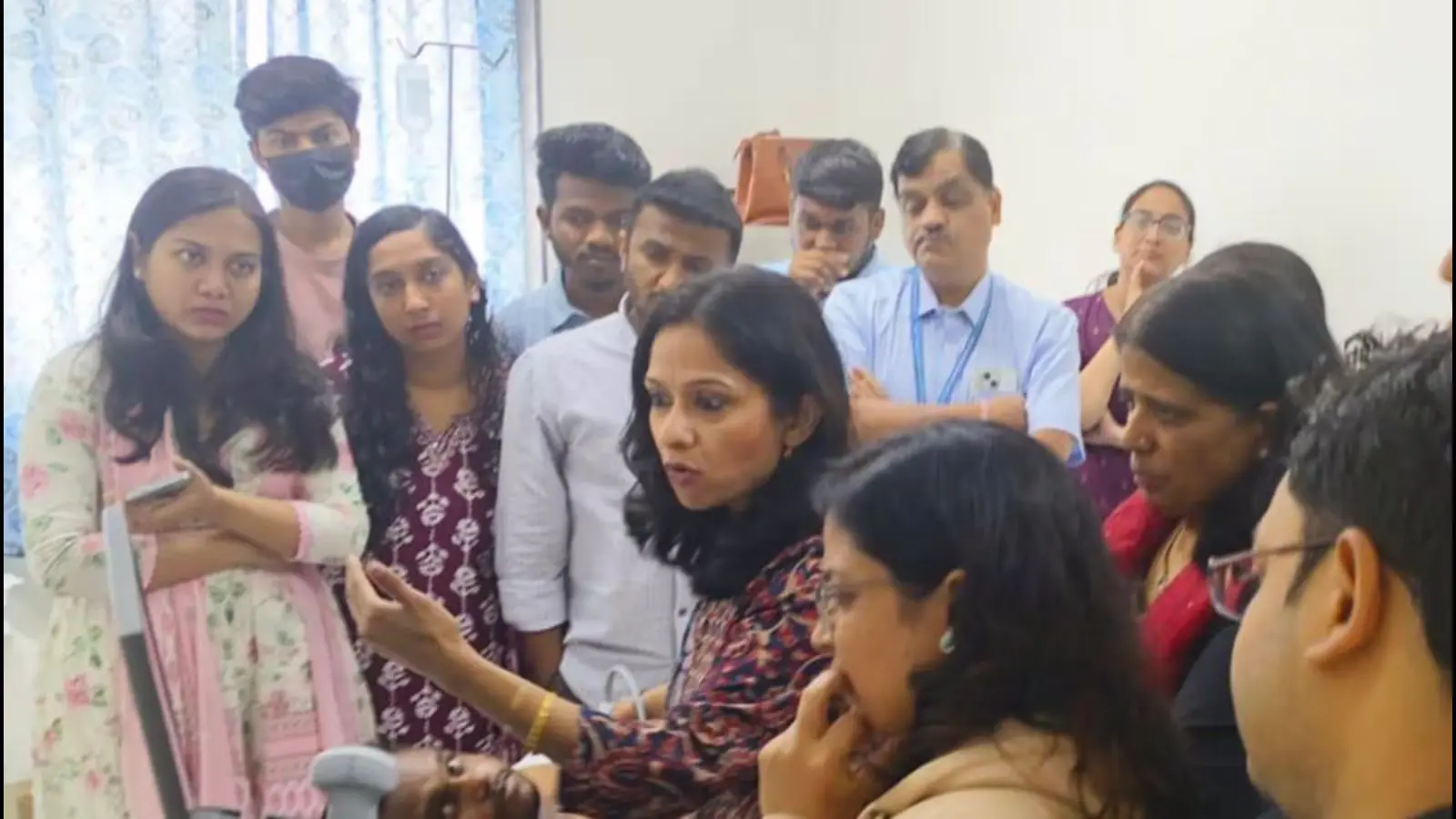The second wave of the Coronavirus pandemic is on the wane in most parts of the country and in view of low positivity rate, schools have reopened for higher classes and will shortly reopen for lower grades too. However, the fear of an impending third wave is looming large, particularly in the minds of parents and caregivers for children. There seems to be a slight concern about the AY.4.2 strain that has been detected in a few people across many states; hence the need for additional caution in the next few weeks. However, school closure has had multiple adverse effects on children and has affected not just learning outcomes but also their nutritional health, mental health, social interaction. Hence the pressing need to reopen schools in areas where community transmission of COVID-19 is low.
The Karnataka state branch of the Indian Academy of Pediatrics has given some practical guidelines that may be followed during this transition period when schools reopen such as: Mandatory vaccination of all the working staff in school as well as adults at home.
Own transport is preferable, however, school buses may resume, ensuring measures such as daily temperature checks of driver and help staff, regular sanitising of bus, stocking extra masks, physical distancing, hand hygiene is followed consistently.
Regulating school hours as per the grades and working in batches with a hybrid option will help to minimise numbers and ensure physical distancing is maintained. Avoid overcrowding during entry and exit hours.
Children should be oriented to COVID appropriate behaviour, and the practices to be reinforced from time to time. Parents to ensure that any child with cold or cough or fever is kept at home and not sent to school. If there is a history of COVID exposure in the family, strict isolation must be followed and the child should stay at home for 14 days, even if asymptomatic.
Some scenarios that may arise following school reopening where a child develops cold, cough or fever while at school, the child should be isolated from the rest of the group, taken to the infirmary, temperature and oxygen saturation to be checked, and history of contact with COVID is to be asked for. If yes, health authorities to be informed for COVID-19 testing and the child should be sent for home quarantine if well. If no history of such contact, then the child may be sent home and asked to consult with Pediatrician and resume school after complete recovery. Parents should be informed by the school in a reassuring manner.
If a child/teacher tests positive for COVID-19, the other children in the group/class will be primary contacts and hence need to be quarantined for 14 days. A high-risk contact is one who was within 6 feet for a total of 15 minutes or more with a person who has COVID-19 and should definitely be tested. Any child with a history of exposure and symptoms should be tested. Parents should monitor their children for symptoms of cold, cough, fever, body pain, diarrhoea, vomiting and check with the Pediatrician. The classroom should be disinfected. Any child who tests positive may be allowed to rejoin school once 14day quarantine is completed. Counsel other children to strictly refrain from stigmatizing the child.
Current data indicate that children have had a mild or asymptomatic illness in the majority of cases, however, there have been cases of COVID pneumonia in children and Multi-system inflammatory syndrome (MIS-C) cases in some children exposed to COVID. Vaccinating children with certain co-morbid conditions will be the priority once vaccination for children is approved, followed by vaccination for all. Till then, it is imperative to follow COVID-appropriate behaviour and anticipate that frequent testing, isolating will.
The author is a senior consultant of Pediatrics and Pediatric Rheumatology, at Aster Women and Children’s Hospital.






















